Buyeo Neungsan-ri Ancient Tombs [UNESCO World Heritage] (부여 능산리 고분군 [유네스코 세계문화유산])
0m 15352 2020-03-16
61, Wangneung-ro, Buyeo-gun, Chungcheongnam-do
+82-41-830-2890
Hundreds of Baekje tombs are scattered across Buyeo. Among them, Neungsan-ri Ancient Tombs, which are close to Buyeo, have been relatively well preserved and are fairly large in size.
The Neungsan-ri Ancient Tombs were the royal tombs of the Baekje dynasty from 538 to 660 when the capital of Baekje was Sabi (now Buyeo). In the Baekje Gobun Miniature Museum at the entrance to Neungsan-ri Ancient Tombs, mockups and miniature tombs are on display with their cross sections exposed. Here, one can view all kinds of Baekje tombs including stone mounds of the Hanseong Era as well as those discovered in Buyeo.
Buyeo Naseong Fortress [UNESCO World Heritage] (부여 나성 [유네스코 세계문화유산])
2.1 Km 27293 2021-07-22
100-11, Dongmun-ro142beon-gil, Buyeo-gun, Chungcheongnam-do
+82-41-830-2623
Buyeo Naseong, also known as the Outer City Wall, was built to protect the capital of Baekje, Sabi. It has a x_height of about 8.4 kilometers. The wall surrouned Busosanseong Fortress and extended to the city of Buyeo.
The wall is one of the oldest walls along with Naseong in Pyeongyang and it is estimated to have been built around 538, when the Baekje capital was changed from Woonjin (current Gongju) to Sabi (current Buyeo). The wall of the fortress starts from the site where Dongmun (East gate) was located to the area of Geumgang River, made by piling soil up. However, only a few traces remain of its former glory.
For now, it leaves a blurry trail including a 20 meter area to the east of Cheongsanseong Fortress, Dongmun Bridge from Seokmok-ri, and an area from Pilseobong Peak to Yeomchang-ri. While the outer wall is sharply sloped, the inner wall was built with a gentle slope to make it easier for horses to reach the guard posts on the top of the wall. Inside the fortress, the palace of Baekje, government offices, houses, temples, stores and protected facilities can be seen. The entire structure of Naseong Fortress features Geumgang River in the south and west sides, providing a natural double-defense system. The wall was one of the important outer defense facilities along with Cheongsanseong and Cheongmasanseong Fortresses.
* Area: 554,591 ㎡
Buyeo National Museum (국립부여박물관)
2.2 Km 17783 2021-08-13
5, Geumseong-ro, Buyeo-gun, Chungcheongnam-do
+82-41-833-8562
Buyeo National Museum was first established by the Buyeo Preservation Society in 1929 as a collection of relics and artifacts related to the Baekje kingdom. This collection was on display at a government building from the Joseon dynasty until 1970, when a new building was erected on the southern foothills of Busosan Mountain. It moved again on August 6, 1993 to the current location. The museum has four exhibition halls and an outdoor exhibit with a total of about 1,000 relics on display.
Baekche Tourist Hotel (백제관광호텔)
2.5 Km 10230 2020-04-09
108, Bukpo-ro, Buyeo-gun, Chungcheongnam-do
+82-41-835-0871
Baekche Tourist Hotel is located in the center of the city of Buyeo, and has built up a reputation as an excellent hotel. It has Western-style rooms and Korean-style rooms and can accommodate up to 230 guests at once. The hotel also has a banquet room and a wedding hall to serve as a venue for various activities and events.
Nakhwaam Rock (낙화암)
2.7 Km 37490 2021-09-14
Bukpo-ro, Buyeo-gun, Chungcheongnam-do
+82-41-830-2880
Nakhwaam is a rock cliff towering over Baengmagang River in the northern end of Busosan Mountain. According to the legend, this is where the royal court women of Baekje jumped off to kill themselves when the kingdom of Baekje was defeated during the invasion of Sabiseong Fortress (now Busosanseong Fortress in Buyeo) by the Shilla-Tang Alliance. The name of this rock, Nakhwaam, literally means "the cliff of falling flowers" and symbolizes the fidelity and loyalty of Baekje women.
Five-story Stone Pagoda at Jeongnimsa Temple Site [UNESCO World Heritage] (부여 정림사지 오층석탑 [유네스코 세계문화유산])
2.7 Km 19285 2021-09-04
83, Jeongnim-ro, Buyeo-gun, Chungcheongnam-do
+82-41-830-2880
This granite pagoda from the late Baekje period in Buyeo-gun, Chungcheongnam-do has been designated a National Treasure. It is generally known as the "Baekje Five-story Pagoda." As one of two remaining Baekje pagodas, this stone pagoda itself is a precious and important artifact that established the lineage of Korean stone pagoda patterns. With refined and creative features, it exemplifies the beauty and elegance that were imitated in the latter-day pagodas.
Jeongnimsaji Museum (정림사지박물관)
2.8 Km 15362 2020-12-11
83, Jeongnim-ro, Buyeo-gun, Chungcheongnam-do
+82-41-832-2721
Jeongnimsaji Museum is located in Buyeo, the last capital of Baekje, where the Baekje culture flourished for the 123-year-long “Sabi Era.” The museum was established on the building site of Jeongnimsa Temple, which was a symbolic meeting place for royalty and a center for politics based on Buddhist morals.
The museum highlights the Buddhist culture of Baekje, said to be the origin of Buddhism in Korea and Japan, and Jeongnimsa Temple, known as the culmination of Baekje Buddhism. The museum also seeks to emphasize the advanced technology of Baekje and reenact the Sabi Era using an interactive approach that relies heavily on videos, panels, replicas, and hands-on programs. Main attractions at the museum include the Jeongnimsa Temple Site (Historic Site No. 301), the five-story stone pagoda of Jeongnimsa Temple (National Treasure No. 9) and the seated stone Buddha (Treasure No. 108).
Baekjehyang (백제향)
2.8 Km 5413 2020-09-19
17, Sabi-ro 30beon-gil, Buyeo-gun, Chungcheongnam-do
+82-41-836-8729
Baekjehyang is a café serving yeonkkot bbang (lotus bread) and traditional tea which transformed from the Korean restaurant that specialized in yeonnip bap (streamed rice wrapped in a lotus / leaf). Located on the way to Gungnamji Pond, Baekjehyang provide fresh yeonkkot bbang made daily as well as other lotus related food including yeonnip shake (lotus leaf shake), yeonnip cookies and more.
Buyeo Seodong Lotus Festival (부여서동연꽃축제)
2.8 Km 74558 2022-05-04
52, Gungnam-ro, Buyeo-gun, Chungcheongnam-do
• 1330 Travel Hotline: +82-2-1330 (Korean, English, Japanese, Chinese) • For more info: +82-41-830-2208
Buyeo Seodong Lotus Festival has been designated as an excellent festival four years in a row by the Ministry of Culture, Sports and Tourism. The festival takes place every July during the summer's peak when the lotus flowers bloom. The festival is based on a historical love story, with programs and performance events focused on story delivery. The festival venue is designed to fit in with the natural settings nearby, serving as a perfect backdrop for taking memorable photos with families and friends.
Archaeological Site in Gwanbuk-ri and Busosanseong Fortress [UNESCO World Heritage] (관북리유적과 부소산성 [유네스코 세계유산])
2.9 Km 53616 2024-02-29
Gua-ri & Gwanbuk-ri, Buyeo-eup, Buyeo-gun, Chungcheongnam-do
+82-41-830-2880
Archaeological Site in Gwanbuk-ri and Busosanseong Fortress are historical sites dating back to the Baekje period (BC 18-AD 660), when they served as the capital from 538 to 660 AD. Archaeological Site in Gwanbuk-ri functioned as the royal palace where the king resided and governed during peacetime, while Busosanseong Fortress served as a defensive wall for wartime preparedness. Many Baekje historical relics have been excavated from these sites, and there is a virtual experience center called Sabido Fortress for visitors to explore, along with guided tour services available.
![Buyeo Neungsan-ri Ancient Tombs [UNESCO World Heritage] (부여 능산리 고분군 [유네스코 세계문화유산])](http://tong.visitkorea.or.kr/cms/resource/31/212931_image2_1.jpg)
![Buyeo Naseong Fortress [UNESCO World Heritage] (부여 나성 [유네스코 세계문화유산])](http://tong.visitkorea.or.kr/cms/resource/71/2725771_image2_1.jpg)
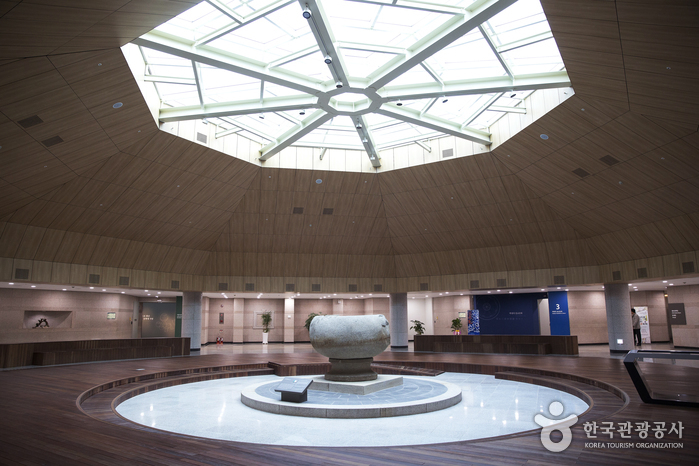
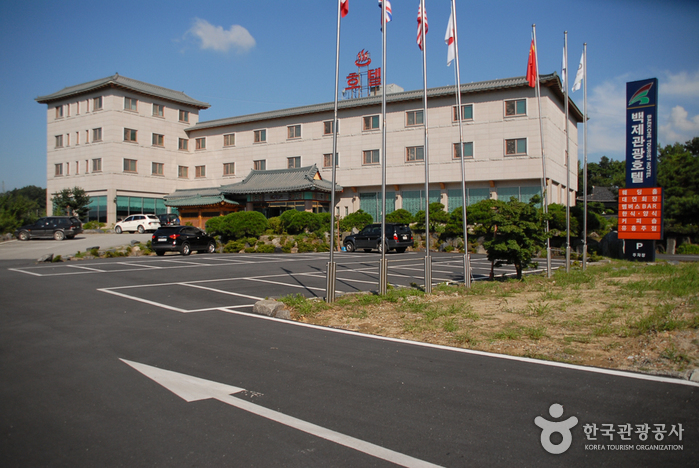
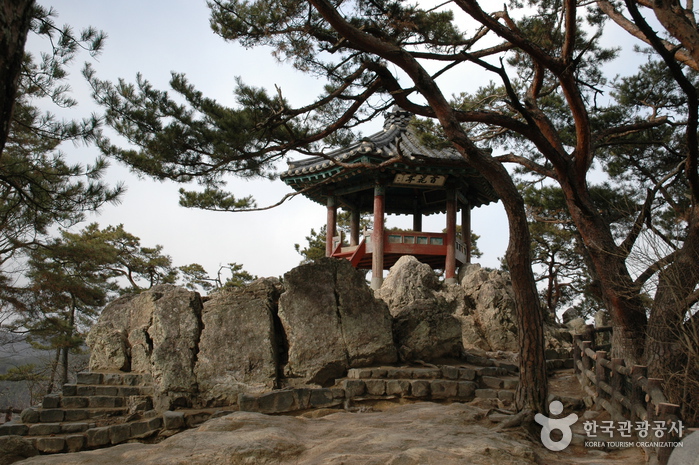
![Five-story Stone Pagoda at Jeongnimsa Temple Site [UNESCO World Heritage] (부여 정림사지 오층석탑 [유네스코 세계문화유산])](http://tong.visitkorea.or.kr/cms/resource/52/2671452_image2_1.jpg)
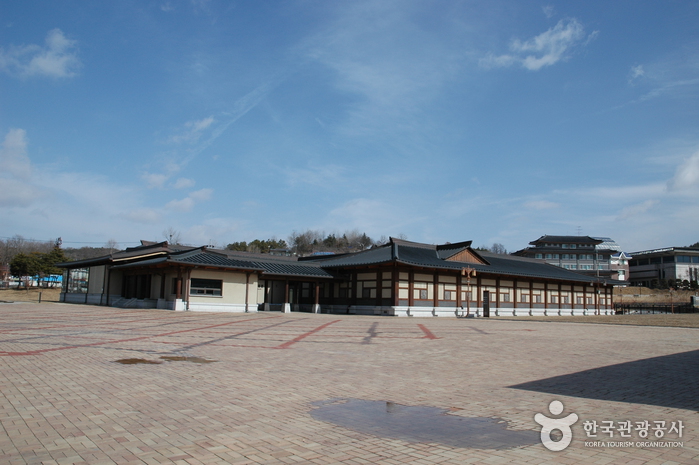
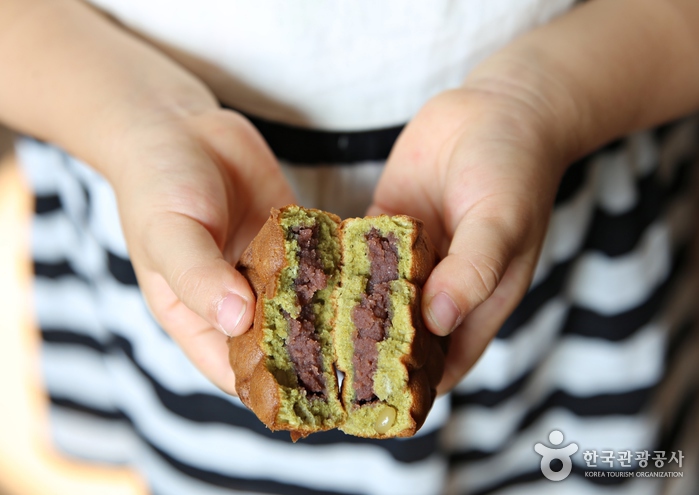
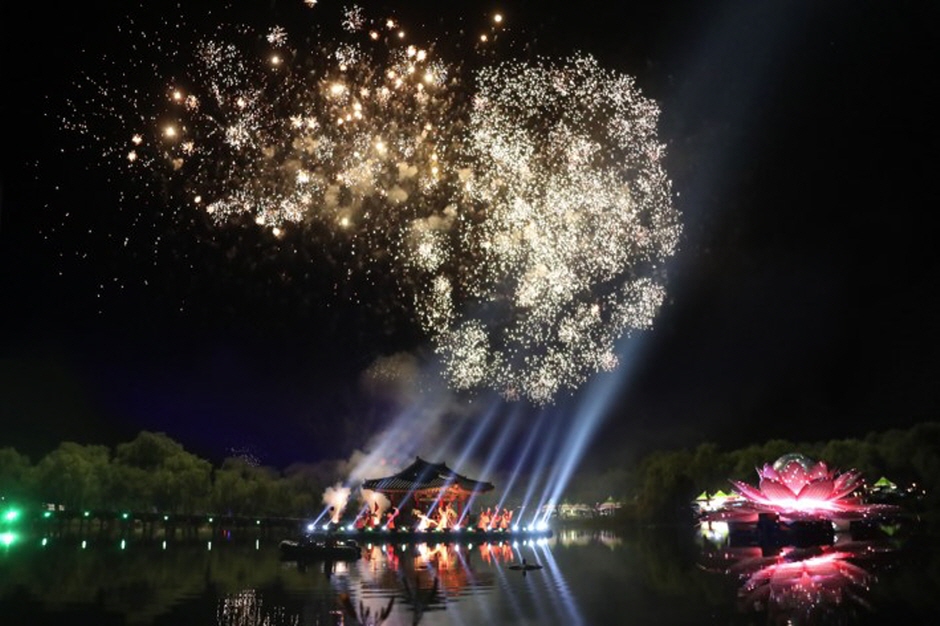
![Archaeological Site in Gwanbuk-ri and Busosanseong Fortress [UNESCO World Heritage] (관북리유적과 부소산성 [유네스코 세계유산])](http://tong.visitkorea.or.kr/cms/resource/33/2366333_image2_1.jpg)
 English
English
 한국어
한국어 日本語
日本語 中文(简体)
中文(简体) Deutsch
Deutsch Français
Français Español
Español Русский
Русский